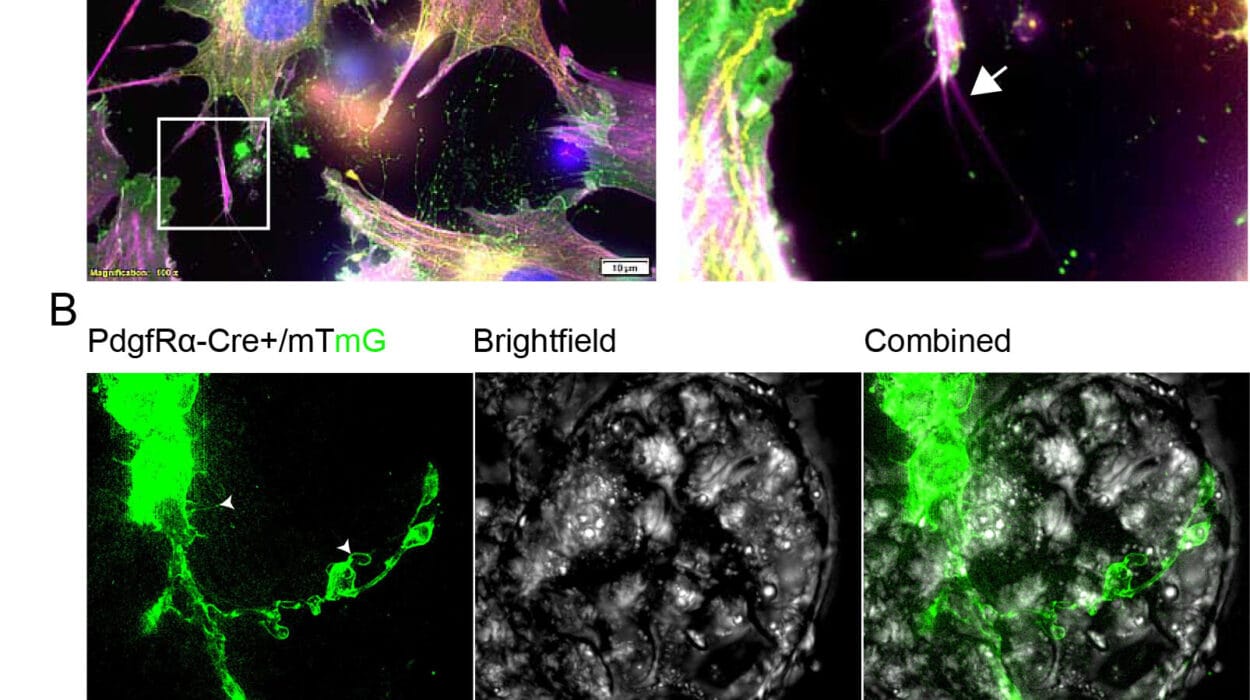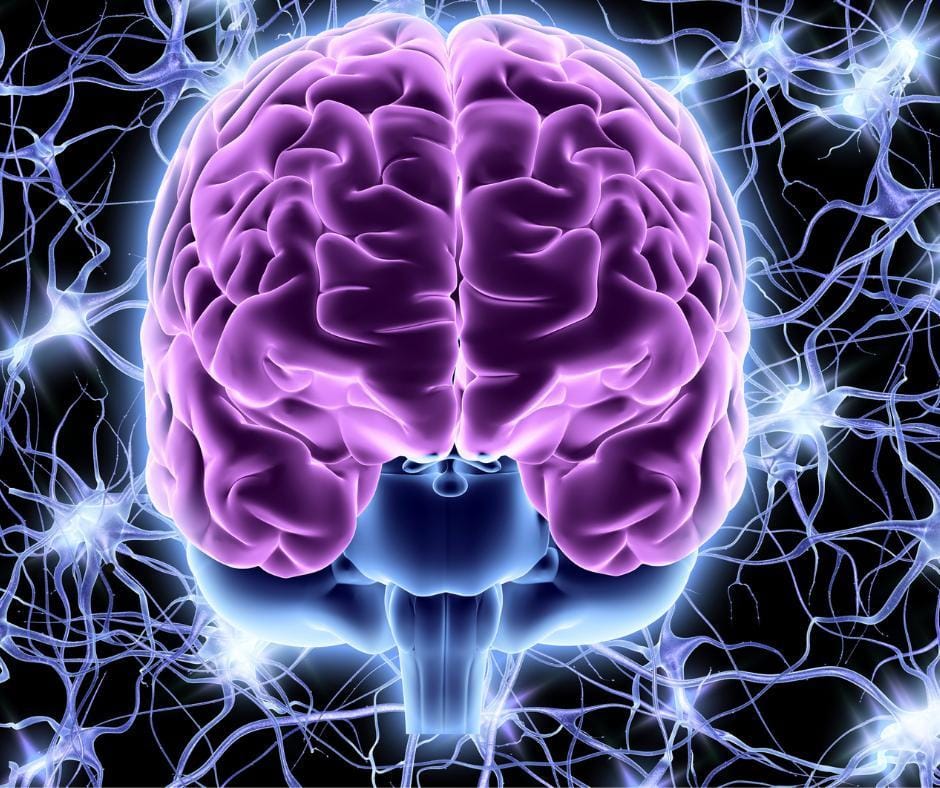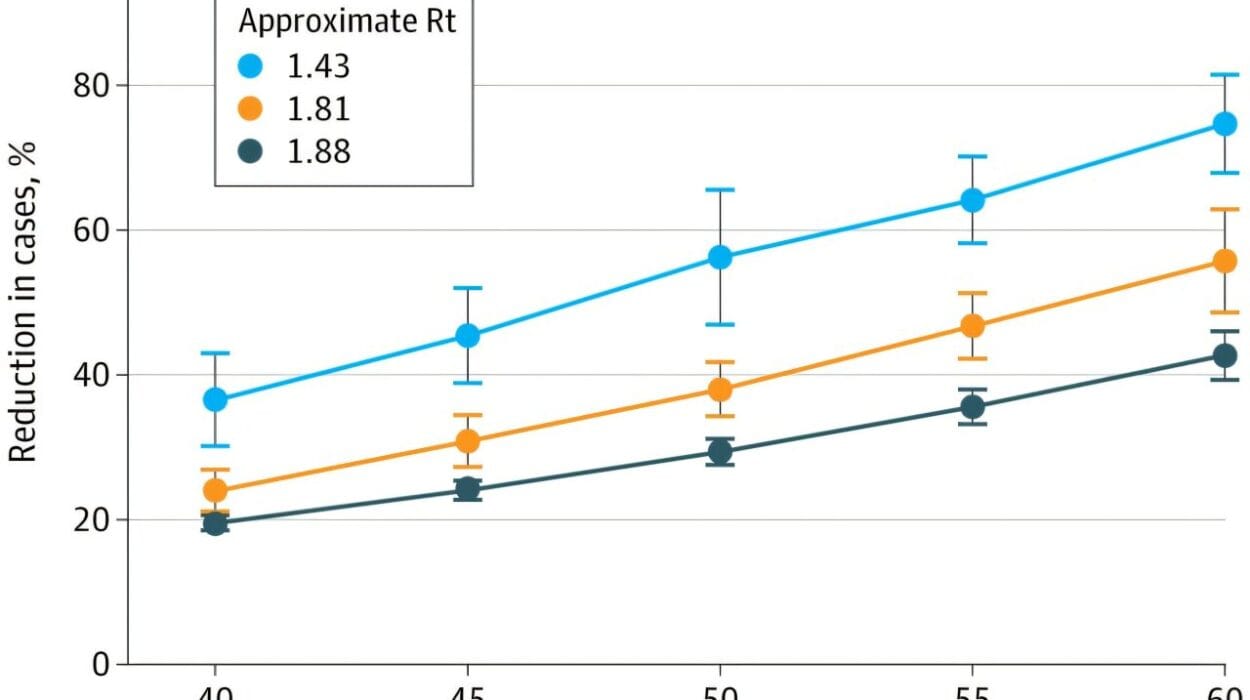A groundbreaking study conducted at the Turku PET Center in Finland has shed new light on the brain mechanisms behind anorexia nervosa, suggesting that changes in the brain’s opioid neurotransmitter system may play a crucial role in the disorder. Published on January 12, 2025, in the journal Molecular Psychiatry, the research highlights the connection between alterations in brain chemistry and the severe psychological and physical effects of anorexia.
Understanding Anorexia Nervosa
Anorexia nervosa is a complex and often debilitating psychiatric disorder characterized by restricted eating, an intense fear of gaining weight, and distorted body image. These symptoms can lead to severe malnutrition, and are frequently accompanied by mental health issues such as depression, anxiety, and emotional instability. While anorexia is often thought of as a psychological condition, its biological underpinnings have become an increasing area of interest for researchers looking to better understand the neurobiological factors involved.
The Turku study focuses on opioid neurotransmission, a critical system in the brain that regulates both appetite and pleasure. Opioid neurotransmitters—such as endorphins—are known to influence feelings of reward, satisfaction, and hunger. According to Professor Pirjo Nuutila from the University of Turku, the study uncovered that in individuals with anorexia nervosa, the brain’s opioidergic tone (the balance of opioid neurotransmitter activity) was significantly higher compared to healthy control subjects.
How Opioid System Changes Affect Anorexia
The discovery of elevated opioidergic tone in anorexia patients adds an intriguing dimension to our understanding of the disorder. It suggests that the brain’s opioid system, which typically helps regulate appetite and emotional well-being, may become dysregulated in anorexia. The result could be a distortion of hunger cues, making it more difficult for individuals to recognize the need to eat, or even reinforcing the fear of food and weight gain.
Interestingly, Professor Nuutila noted that obese patients show the opposite pattern—lower opioid tone, which might contribute to a reduced appetite. This suggests that the opioid system’s role in appetite regulation is bidirectional. “It is likely that the actions of these molecules regulate both the loss and increase in appetite,” Nuutila said. These findings underscore the complexity of appetite regulation and the need to consider how different brain systems interact to influence eating behaviors in both extremes of body weight.
Energy Balance and the Brain’s Protective Mechanisms
In addition to investigating opioid activity, the study also looked at how energy balance in the brain is affected by anorexia. The brain, despite being only about 2% of total body weight, uses about 20% of the body’s energy. Because anorexia leads to significant calorie restriction, the researchers wanted to know how the brain copes with reduced energy intake.
Interestingly, the study found that the brains of anorexia patients consumed glucose at rates similar to healthy individuals, despite their underweight status. This suggests that the brain has a remarkable ability to protect itself and maintain normal function, even when the body is in a state of extreme nutrient deprivation. Professor Lauri Nummenmaa, from the Turku PET Center, explained that although underweight individuals suffer physiological burdens, the brain works hard to preserve its metabolic processes to ensure proper functioning for as long as possible.
“The brain regulates appetite and feeding, and changes in brain function are associated with both obesity and low body weight,” Nummenmaa explained. He further emphasized the link between opioid system changes and the emotional symptoms of anorexia, noting that these neurobiological alterations may help explain why individuals with anorexia often experience heightened feelings of anxiety and mood swings.
Opioid Activity, Anxiety, and Depression
The connection between opioid neurotransmission and emotional regulation is another key takeaway from the study. In addition to affecting appetite, the opioid system is closely linked to the regulation of mood and emotional states. Elevated opioid tone in the brain could contribute not only to disordered eating behaviors but also to the anxiety and depression that are often seen in individuals with anorexia.
The researchers propose that the elevated opioid system activity in anorexia may act as a contributing factor to the emotional distress patients experience. This could lead to a cycle where disordered eating behaviors become intertwined with emotional regulation issues, making the disorder harder to treat.
The Study Methodology: Positron Emission Tomography (PET)
To explore these connections between brain function and anorexia, the researchers used Positron Emission Tomography (PET) scans at the Turku PET Center to study the brain activity of anorexia nervosa patients and healthy control subjects. PET scans are a powerful tool in neuroimaging, as they allow researchers to visualize and measure the brain’s activity in real-time. By using this technology, the study was able to observe how changes in opioid neurotransmission and glucose metabolism occurred in the brains of anorexia patients.
The collaboration with Turku University Hospital and Pusan National University in South Korea further strengthened the study’s findings, bringing together expertise from various institutions to explore the neurobiological factors that drive anorexia nervosa.
Implications for Treatment and Future Research
The results of this study are promising, offering new insights into the neurobiological mechanisms of anorexia nervosa. Understanding how changes in opioid neurotransmission and energy metabolism contribute to the disorder could open up new avenues for treatment.
Currently, treatments for anorexia nervosa include cognitive behavioral therapy (CBT) and nutritional rehabilitation, but the neurobiological factors that contribute to the disorder are not always addressed directly. This research suggests that targeting the opioid system could be a potential strategy in the treatment of anorexia, offering an alternative to traditional approaches.
Future research is needed to further investigate the relationship between opioid neurotransmission, appetite regulation, and emotional distress in anorexia nervosa. More studies are required to test whether interventions targeting these specific neurobiological systems can help reduce symptoms and improve treatment outcomes for patients.
Conclusion
The study from Turku PET Center provides an important step forward in understanding the biological underpinnings of anorexia nervosa. By focusing on the brain’s opioid system and its role in regulating appetite, emotion, and energy metabolism, the researchers have uncovered new insights into how neurotransmitter activity may drive both the physical and emotional symptoms of the disorder. This research has the potential to improve our understanding of anorexia and could inform more effective treatments for those struggling with this complex and often devastating disorder.
Reference: Kyoungjune Pak et al, Anorexia nervosa is associated with higher brain mu-opioid receptor availability, Molecular Psychiatry (2025). DOI: 10.1038/s41380-025-02888-3






